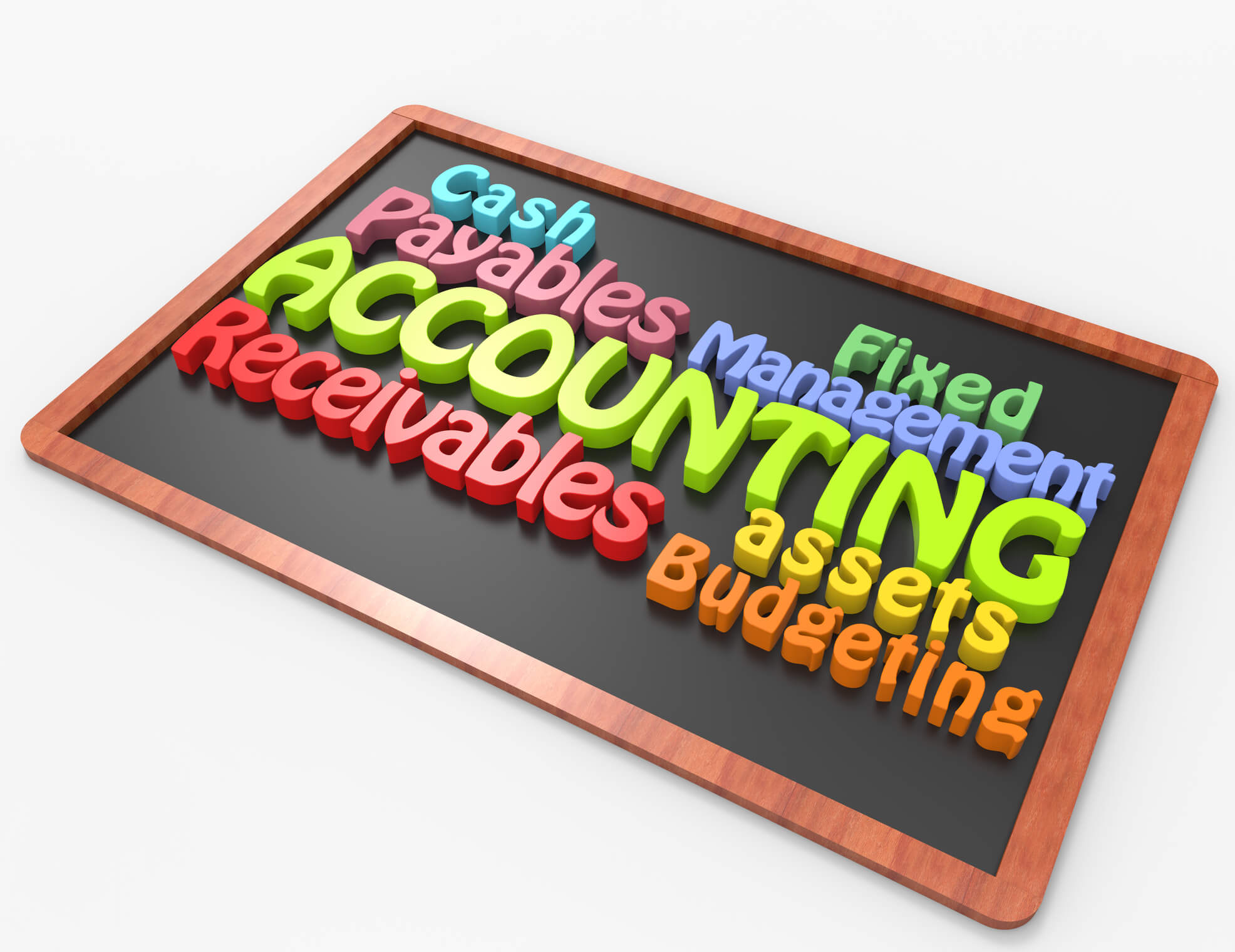In any business operation, the capital cycle plays an essential role in cash flow management. After a year of struggling to establish creditworthiness, integrity, and reputation, the owner does not want to jeopardize the firm’s name. In this regard, all the payments made to suppliers must be entirely accurate and timely. They can be in the form of cash or post-dated checks as well.

The owner needs to look at the account balances, cash inflows, managing, and processing various numbers and types of invoices. Leading management experts have suggested a few ways to make the cumbersome processes free from stress and hassle and even the process of accounts payable daily.
Embed a proper payment mechanism in the business. Streamline the process of accounts payable to the business and make it simple. Establish certain frequency thresholds in a month, such as establishing payment periods like 15 days or 30 days or any other day, but refrain from making daily payments. At most, two or three check runs in a quarter will be sensible and less cumbersome exercise. Furthermore, involve the accounts department and finance department to check proactively on the invoices and start preparing the post-dated checks against the amount mentioned in the invoice or invoices (if dealing with multiple vendors).

When it comes to a cash payment or advance payment, always inform the accounts payable team in the accounts department to prioritize the payments accordingly. At times, a vendor may enter into a contract or agreement. The payments can be made in partial installments or renegotiate with the vendors on the credit terms of accounts payable if the cash flow is temporarily out of alignment.
Furthermore, to make life much easier, simply installing an ERP and interfacing it with online banking. For example, Nestle, has entered into a contract with the cash and transaction management team of Standard Chartered Bank. When the due date or credit date of the account payables arrives, the bank’s system will automatically debit Nestle’s principal account and credit the account of the supplier.
In this way, the day and date will not be missed, typographical errors on the check, and the account number specified in the supplier’s invoice for accounts payable.
Generate ledger reports and financial sheet frequently, so that the accountant and the financial team of accounts payable can do cross-match of the account balances with the cash flows. There may be a probability that some large-amount accounts payable invoices require manual intervention. However, fortifying the financial management with the automated system will allow the accounts payable accounts to generate real-time reports or at regular intervals.

There could be chances of theft and pilferage in the instance of accounts payables, where ghost vendors are created in the accounting system, and payment is made to these ghost vendors automatically. However, to eradicate such an instance of a proper pre-audit and the due diligence system must be set up before opening any supplier’s accounts payable account in the system, like a maker and checker concept.
Accounts payable is a liability on the company’s balance sheet and an operating source in the cash flow statement. Anything in the current liability section will carry some hidden cost to it. For example, if the owner purchases something from the supplier on cash, the price will be different and lower than product purchases from the same supplier, where the cost of the same product will be marked up. This is because the supplier has taken into account the factor or risk and period and converted it into a certain percentage and plugged into the final product’s final price. Therefore, that incremental amount of cash and accounts payable will be termed as cost. This variable of value in the number of accounts payable can be reduced by adopting different forms of a payment mechanism, such as advance payment, cash, and cash on delivery.
 About Complete Controller® – America’s Bookkeeping Experts Complete Controller is the Nation’s Leader in virtual bookkeeping, providing service to businesses and households alike. Utilizing Complete Controller’s technology, clients gain access to a cloud-hosted desktop where their entire team and tax accountant may access the QuickBooks™️ file, critical financial documents, and back-office tools in an efficient and secure environment. Complete Controller’s team of certified US-based accounting professionals provide bookkeeping, record storage, performance reporting, and controller services including training, cash-flow management, budgeting and forecasting, process and controls advisement, and bill-pay. With flat-rate service plans, Complete Controller is the most cost-effective expert accounting solution for business, family-office, trusts, and households of any size or complexity.
About Complete Controller® – America’s Bookkeeping Experts Complete Controller is the Nation’s Leader in virtual bookkeeping, providing service to businesses and households alike. Utilizing Complete Controller’s technology, clients gain access to a cloud-hosted desktop where their entire team and tax accountant may access the QuickBooks™️ file, critical financial documents, and back-office tools in an efficient and secure environment. Complete Controller’s team of certified US-based accounting professionals provide bookkeeping, record storage, performance reporting, and controller services including training, cash-flow management, budgeting and forecasting, process and controls advisement, and bill-pay. With flat-rate service plans, Complete Controller is the most cost-effective expert accounting solution for business, family-office, trusts, and households of any size or complexity.




